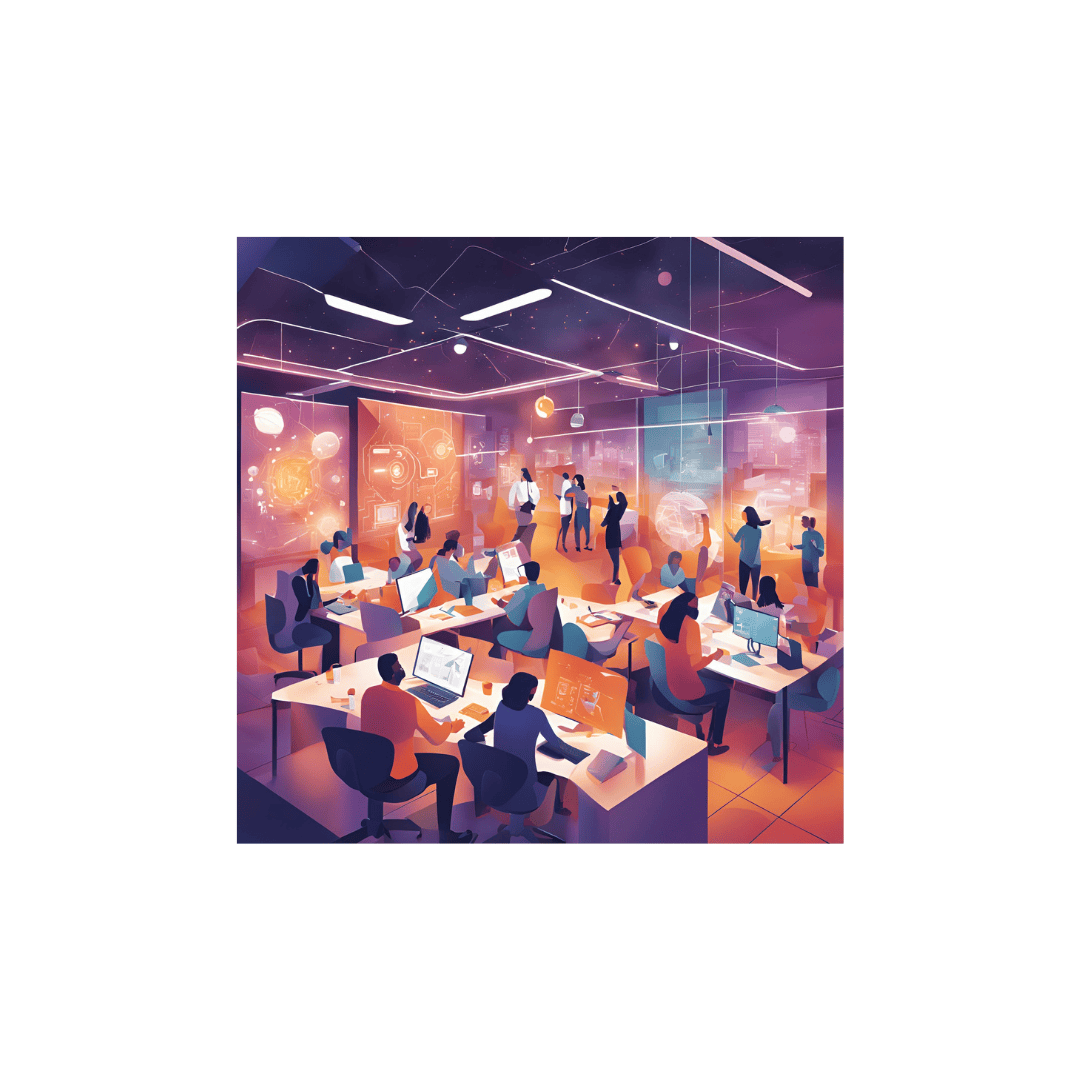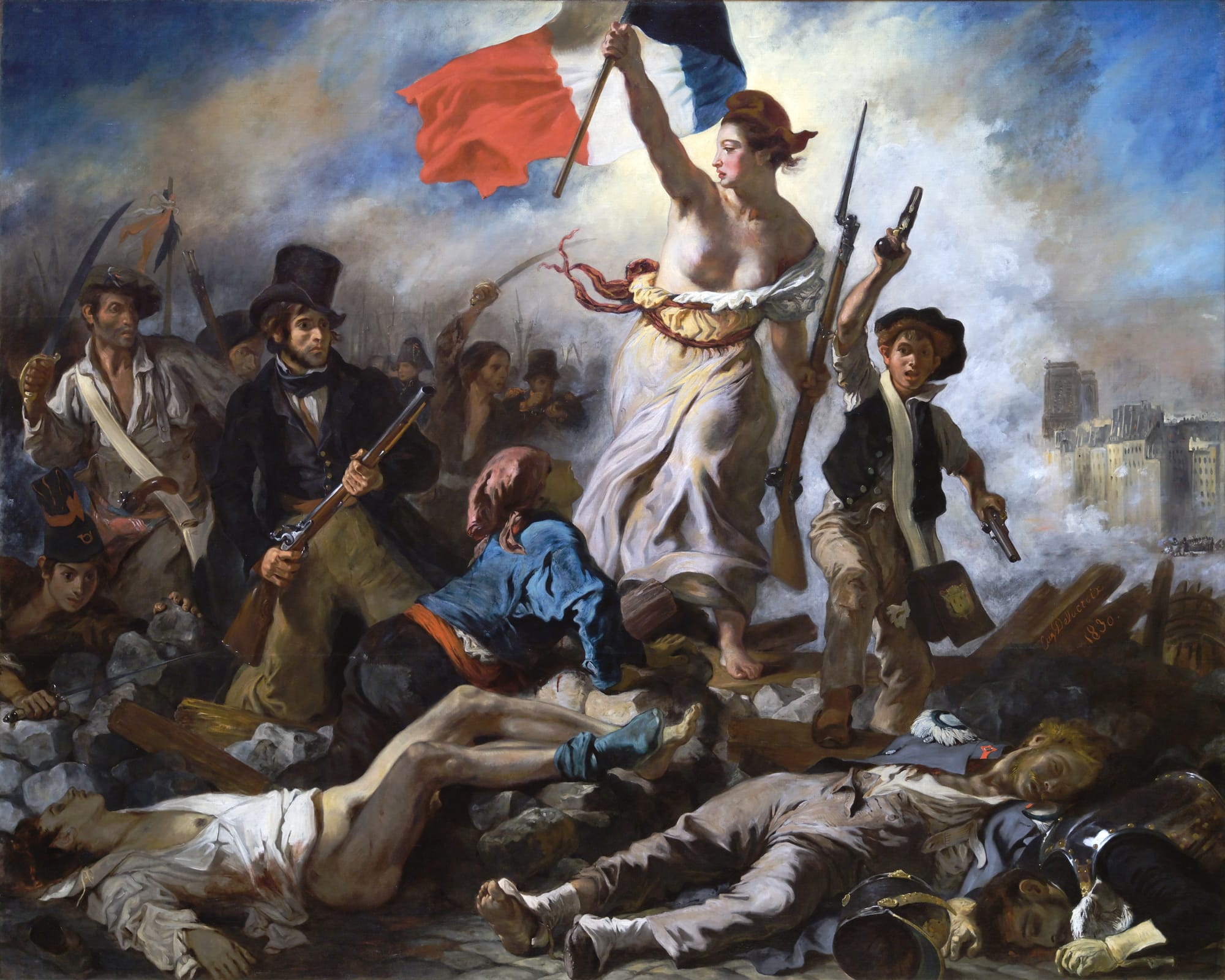Building the foundations for a more ethics-literate design community.

Hi, Kevin here.
Recently, I committed to writing about ethics in design (here and here). My goal is to humbly (try to) go beyond the current state of the discussion: dark patterns. My first idea is to illustrate the “ethical landscape” by approaching major ethical concepts. Another angle I would like to cover is to provide more specific discussions on current issues and see how we can connect that to designers’ reality.
Don’t get me wrong, dark patterns are an issue and the goal is not to overlook its impact. But this is, to me, more a visible artifact of the interactions between the different parts of our organizations. One side effect of focusing on the surface (dark patterns) is the prevalence of finding solutions for a not-often-well-framed problem space, from a design perspective.
The opportunity for a more ethics-literate (and critical thinking) community is as high as the trend toward more responsible design decisions in recent years. One aspect of the issue is that ethics, morals, and philosophy are usually not at the center of most of the design education –when it is at all a subject– especially given the fact of the many routes that lead to this domain –even though there is a lot to read about this topic. Most companies are avid of more effective design producers, fewer thinkers, and the two are often presented as opposite –thinking or doing, you must choose– until one understands the interconnectedness of these “states”.
Isn’t it a moral statement, in a sense, that commands more “doing” over “thinking” in the sake of efficiency?
Anyhow, I think that designers can also look to other domains for clues and ways to approach such complex issues. For instance, applied ethics are represented in many domains, usually through Ethics Councils, such as in AI, Biology, Medicine, Governments, etc. and help define policies to either mitigate known effects, study & build knowledge about the consequences of existing practices/technologies, and explore future potential ethical issues.
Anyways, thanks for reading!
Take care of your human, design, critical thinking.
Wish you all the best,
Kevin
With ❤️ from Switzerland.
Ethics for Designers.

Ethics For Designers: What’s Cultural Relativism?
When your moral principles are what your society approves of.

Ethics Explained To Designers
A series of articles about ethics and moral philosophy (for designers) that aim to go beyond dark patterns.
Ethics is Privacy.

How Privacy Works in a Pandemic — onezero.medium.com
What you need to know about your privacy as the coronavirus spreads.
During a pandemic like the current coronavirus outbreak, the CDC as well as state public health departments, take on remarkably broad powers.
Public health officials can detain you, force you into quarantine, and even search your phone, read your emails, and access your personal data.
So what, exactly, does this tangled web of powers actually allow public health officials to do?
Obtaining clinical specimens and data from persons affected by an outbreak; obtaining data from healthcare facilities; collecting environmental samples; protecting the privacy of personal information; and implementing and enforcing control measures, such as vaccination, chemoprophylaxis, quarantine, or even seizure or destruction of private property.
Ethics is Data.

Students and Sensors: Data, education, privacy, and research — www.scu.edu
How should we think about the use of student data by colleges and universities in efforts to improve student retention or academic success?
Ethics is Design.

Designing down the rabbit hole — The Startup — Medium — medium.com
Ethics is a tricky word. As soon as we mention it, the conversation suddenly becomes awkward. Probably because nowadays, ethics amounts to reading incomprehensible texts on moral and political philosophy. Who needs ethics anyway?
Ethics is Conceptual & Practical.

Conceptual Frameworks in Technology and Engineering Practice — www.scu.edu
Conceptual frameworks drawn from ethical theories that have shaped the study of ethics over centuries can help you recognize ethical issues when you encounter them, and can also help you to describe them.
Ethics is our Future.

The Future of Humanity Depends on Design Ethics, Says Tim Wu — medium.com
Social media sites are designed to create what he calls “false loops,” where you never reach the end of what you can do on the platform.
[Tim Wu] thinks that goes against our way of making sense of the world: Humans have a natural predilection toward creating experiences and narratives that start and end […]
But social media tends to disrupt these things–unlike a well-planned story or meal, Wu compares experiencing social media to a buffet, where nothing really goes together. Coincidentally, you also end up stuffing yourself and feeling ill.
Ethics is Experience.

AI, Death, and Mourning — www.scu.edu
Should we develop “griefbots”?
[Muhammad Ahmad] hopes that artificial intelligence will “eventually allow us to craft the data left behind by an individual into convincing text-based simulations of that person.” Such simulations would “respond when prompted, imitating the deceased’s cadence, tone, and idiosyncrasies.”
Questions: Is the development of “grief bots” ethical? How might this action be perceived through the ethical prisms of utilitarianism, rights, justice, virtue, and the common good?
Ethics is Complex to navigate.

Able, Allowed, Should; Navigating Modern Tech Ethics — Facebook Design — medium.com
Facebook’s mission is to “give people the power to build community and bring the world closer together.” […]
There’s a tension between these motives to be sure, and if they get out of balance, consequential decisions and unintended outcomes can happen. But the fact is, a well-capitalized business can do a lot of innovative things that are good for the world.
“We just need to make sure that we keep the long view in mind and are vigilant about making ethical, responsible decisions along the way.”












Discussion